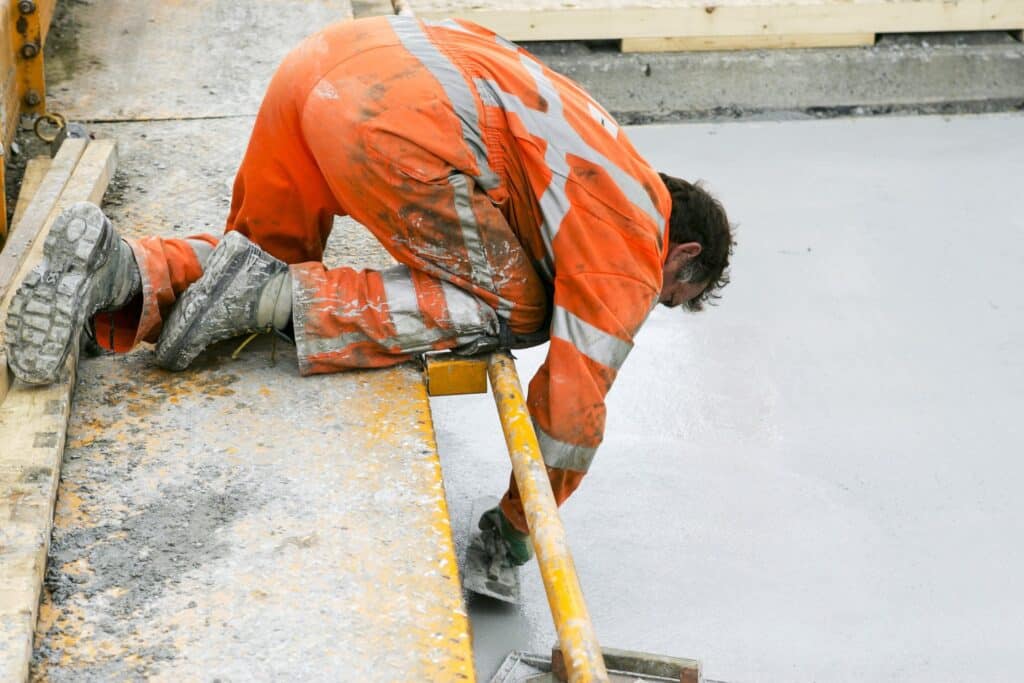Reinforced concrete is a composite material that has revolutionized
the construction industry providing the necessary strength and durability for modern structures.
This material combines the high compressive strength of concrete with the flexible tensile strength of steel reinforcement bars, often referred to as rebar.
Together, these materials allow reinforced concrete to withstand a variety of loads and stresses that would typically fracture or deform other construction materials. Reinforced Concrete Strength
Advantages of Reinforced Concrete
Structural Reliability:
Reinforced concrete offers enhanced structural integrity and robustness, making it ideal for buildings, bridges, and other infrastructure that must endure significant forces and loan
Fire Resistance:
Concrete is inherently fire-resistant, providing an additional layer of safety in fire-prone areas and in structures like apartment buildings and schools. Reinforced Concrete Strength
Thermal Mass:
Concrete’s ability to absorb and retain heat helps in stabilizing indoor temperatures, reducing the need for heating and cooling which can lead to energy savings over time.
Versatility: Reinforced concrete can be molded into almost any shape or size allowing for architectural flexibility and innovation in building designs.
Challenges and Considerations
Despite its numerous advantages, reinforced concrete is not without its challenges:
environmental Impact:
The production of cement, a key ingredient in concrete, is energy-intensive and generates significant amounts of CO2. Efforts to create more sustainable forms of concrete are ongoing, including the use of recycled materials and alternative cementitious materials.
Weight:
Concrete structures are inherently heavy, which can require more robust foundations and can limit where they can be feasibly built.
Cracking:
While reinforced concrete is designed to handle many types of stress,
it can develop cracks if not properly designed, mixed, and cured. These cracks can lead to structural issues if not addressed.
Corrosion of Steel Reinforcement:
If water and air penetrate the concrete and reach the steel rebar, it can corrode, weakening the structure. Protective measures, like proper concrete cover and use of corrosion-resistant steel, are critical.
Future Innovations
The future of reinforced concrete includes innovations aimed at addressing its environmental footprint and enhancing its performance. These include the development of high-performance concrete that is stronger and more durable,
the use of smart sensors embedded within concrete to monitor its health and advances in the chemistry of concrete to reduce its environmental impact.
Reinforced concrete remains a cornerstone of modern construction
embodying a balance between traditional practices and innovative solutions to meet the evolving demands of building sustainable and resilient structures.

